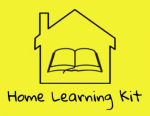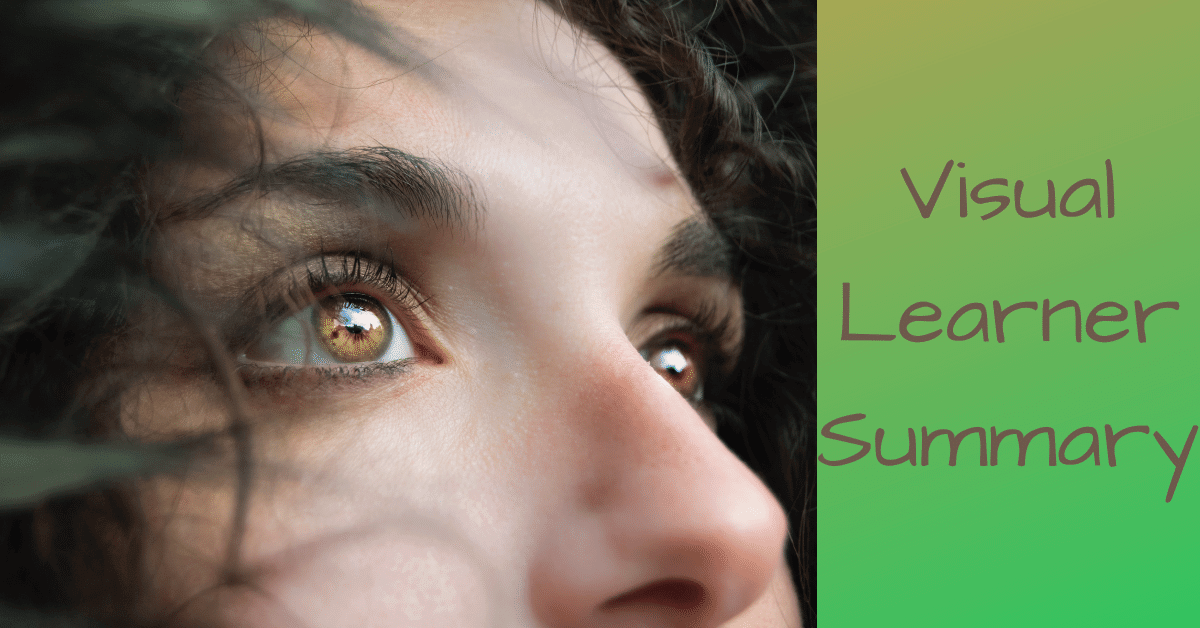This is the second of a five part series about learning styles where we cover Visual Learners
Follow this link to Part One of the series: Learning Styles Summary
So using all the handy-dandy info I gave you in part one of the series, you have figured out your child is probably a Visual Learner. I suppose that would explain why they’re obsessed with every screen they see (but isn’t that every kid?). Also makes you feel a little better about always catching them staring at people. Let’s go through a Visual Learner Summary to understand more.
Characteristics of a Visual Learning Style:
Focus on Spatial Understanding
- The setting where you teach matters. Visual Learners can get easily distracted with a lot to look at
- The format and layout of information on paper (i.e. colors, headings, fonts) can help Visual Learners organize their thoughts
Slower Processing of Auditory Information
- Verbal instructions can be difficult for Visual Learners to follow
- Visual Learners can benefit a lot from working in a quiet setting
Learn Best with Images and Visual Aids
- Visual Learners can more easily process information presented in graphs, infographics, and pictures
Tips and Tricks to Help Your Visual Learner
Reading through these characteristics probably gave you some ideas of what you can do to help your Visual Learner in your homeschool. Here’s some that I want to share.
- Use Fingermapping when teaching younger students words and sounds.
- Fingermapping is a method of using your fingers to represent individual sounds in a word. Sometimes your child will struggle to connect multiple letters into a single sound when they’re reading. Check out this article on fingermapping for more information.
- Use Symbols and Pictures whenever possible.
- Visual learners can make big strides if they can absorb information through symbols and pictures. Help them break down math word problems into diagrams and symbols. For reading, consider using flash cards with pictures on them to help practice sight words.
- Highlight key words and important phrases.
- If your visual learner is having problems with reading, including written math problems, you can help them learn where to focus their attention by highlighting key words and phrases.
- For longer chunks of text, you can simplify using different font sizes, colors, or breaking it into smaller paragraphs
- Circle or put frames around headings and the main topic of the text
- Give them Time and Quiet
- Don’t expect your visual learner to process large lessons quickly. Give them time and a quiet setting to observe and process the information you’re teaching.
Wrapping Up
Teaching a visual learner can be a lot of fun if you put them in a position to succeed. Who doesn’t like pictures, charts, colors, and crazy fonts!? Just remember, using tips and tricks like the ones described here is a good way to help your visual learner when they’re struggling with a topic, but it’s not meant to avoid teaching in other ways. Make sure your child is still getting practice learning in a variety of ways so they can develop and become strong, independent learners!
Stay tuned for Part 3 of the series: Auditory Learners! Sign up for my newsletter using the button below and have every new post delivered straight to your inbox!
Do you have a visual learner at home? Tell me how you help them succeed in homeschool!

